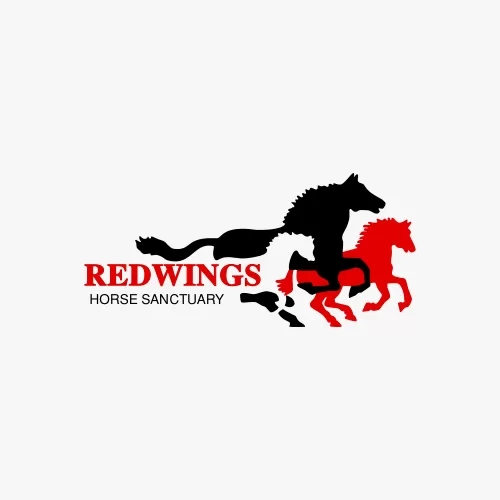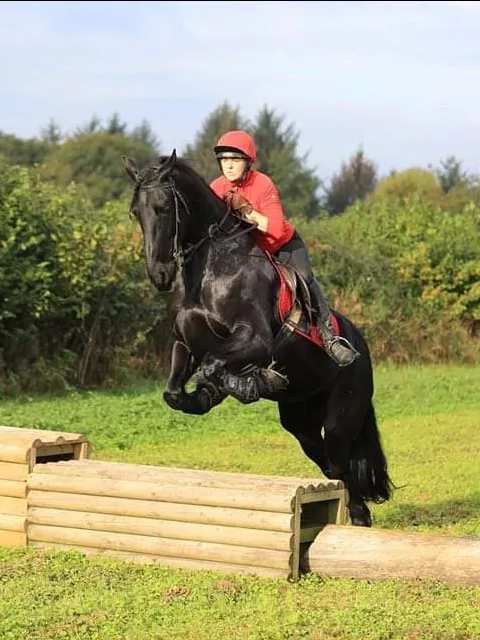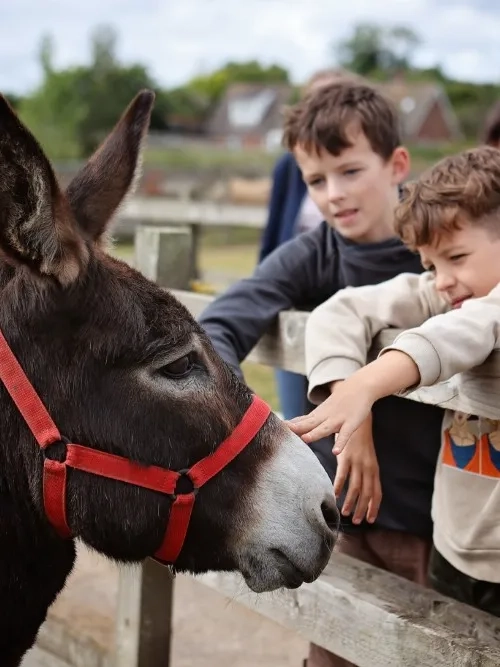01 May 2020

In July 2019 we shared with you a a new research initiative at the Animal Health Trust (AHT), the Surveillance of Equine Strangles project. Since then, there have been many more exciting developments in the project’s timeline, and Abigail McGlennon, from the SES team, is delighted to share these with you.
The health, welfare and economic costs of a strangles outbreak cause much suffering and distress to horses, owners and yards across the world. For years there has been the need for ways to investigate the spread of strangles and understand the impact it has, helping to facilitate the provision of informative and relevant information to owners and vets.
The Surveillance of Equine Strangles (SES) project, funded by the Horse Trust and supported by South Essex Insurance Brokers, has been gathering data on positive laboratory diagnoses of strangles in the UK since 2018. Strangles is caused by a bacteria called Streptococcus equi (S. equi). When vets take a sample from a horse with suspected strangles it gets sent off to a diagnostic laboratory where the bacteria S. equi can be identified, confirming strangles infection.
Updates:
SES collaborates with multiple veterinary diagnostic laboratories, which report to SES when they have a positive diagnosis of strangles. Since we last wrote about it, a further two laboratories have joined SES, taking the total to nine laboratories within the SES network. These labs are based across the UK, from Scotland down to Devon, allowing for the best representation of laboratory confirmed strangles diagnoses UK-wide.
From the start of the SES project it has always been a goal to share our findings throughout the equine industry, from attending veterinary conferences to creating informative updates and articles that can be shared amongst horse and yard owners. We have been working hard to develop a platform where we can share the most up to date information about strangles diagnoses reported to our network.
At the start of 2020 we shared an exciting update, our new interactive website (www.jdata.co.za/ses)! This website allows users to explore our data first-hand and find out about strangles diagnoses across the UK and in their area between a given set of dates (which can be set by the user). We also still produce our quarterly reports, which highlight our findings for each quarter of the year in an easy to read and sharable format, have a look at our 2020 Q1 (Jan-Mar) update.

SES not only collects general information about positive strangles diagnoses, our labs also provide us with the bacterial samples. In order to further our understanding of strangles we need to also know more about the bacteria S. equi and how it works, this includes looking at its genetics and ‘family tree’. There isn’t just one ‘type’ of S. equi, in order to survive the bacteria has to evolve and change to keep infecting horses. In fact, there are hundreds of ‘types’ of S. equi which can be broadly categorised into six groups. Within each group the types of S. equi are part of same area of the family tree.
SES has gathered and genetically sequenced 356 strangles samples so far, these samples have helped contribute important information to the ever-evolving genetic picture of strangles. We can also use this information to identify potential ‘transmission events’, where strangles may have been passed on to another horse. We can do so by looking at the family tree and finding samples that are genetically identical to each other, meaning they are the same ‘type’ of strangles. For example, five genetically identical samples were identified, from four horses, submitted by four veterinary practices based in four regions of the UK, over a 90-day period in 2019 (see picture). These five samples were diagnosed between three diagnostic laboratories within the SES network (The Animal Health Trust, Rainbow Equine Hospital and Donnington Grove Veterinary Group), highlighting the importance of cross-organisation collaboration. Without the participation of all three labs, this possible transmission event would not have been found. With this information we can now investigate the circumstance behind these positive samples and find out if there is a link between these horses, for example attending the same event.
SES continues to grow and expand as new elements are brought into the project to help our efforts to stamp out strangles, and I look forward to providing another jam-packed update to Redwings readers at a later date.

With thanks to:
The expansion of SES and the growth of our data collection is possible due to our collaborating labs:
With thanks to Jdata Epidemiology and Data Solutions for designing the website and continued technical support. Many thanks to Redwings Horse Sanctuary for their continued support of this project and collaboration opportunities between organisations.
Find out more about Strangles here - 'What is Strangles?'

Redwings Press Office
Find out more about Redwings Press Office



